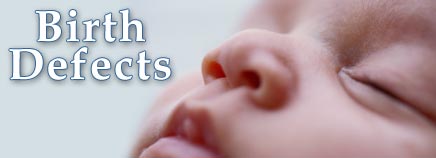March 19, 2015 – Birth defect rates rose after the Fukushima nuclear meltdown in five hard-hit US states bordering the Pacific Ocean, says a new journal article just after the 4th anniversary of the disaster.
Among babies born April-November 2011, after the meltdown, the rate of five birth defects rose +13.00% in five Pacific states compared to 2010, and fell -3.77% in the rest of the U.S. This gap of 16.77% was statistically significant, as cases rose from 600 to 672 in the five Pacific states.
Results are published in the current the Open Journal of Pediatrics by clicking
http://www.scirp.org/Journal/PaperInformation.aspx?PaperID=54828#.VQrZq47F_ws
“The report supports the known sensitivity of the fetus to radiation exposure,” says epidemiologist Joseph Mangano, of the Radiation and Public Health Project research group. Mangano, with co-author Janette Sherman MD, combined knowledge of nuclear physics, medicine, embryology, epidemiology, and history to generate their research.
The U.S. Centers for Disease Control and Prevention makes public numbers of babies born with Anencephaly, Cleft lip/palate, Down syndrome, Gastroschisis/Omphalocele, and Spina Bifida/meningocele, for each U.S. state. Pacific rates increases in 2010-2011 were elevated for each of the five states and each of the five defects.
The Fukushima meltdown released a large plume of airborne radiation, which reached the U.S. within five days. Federal measurements of airborne radiation, plus other studies of air, soil, seaweed, and kelp documented the highest environmental radiation levels on the Pacific coast, Alaska, and Hawaii.
Prior articles showed high birth defect rates among those exposed to radiation, especially after the 1986 Chernobyl reactor meltdown, the largest meltdown (with Fukushima) of the atomic age.
The article marks the 34th by New York-based RPHP researchers, who have focused on health hazards of radiation emitted from nuclear reactors.

